
30-day “If I can’t teach you photography I don’t deserve your money” guarantee
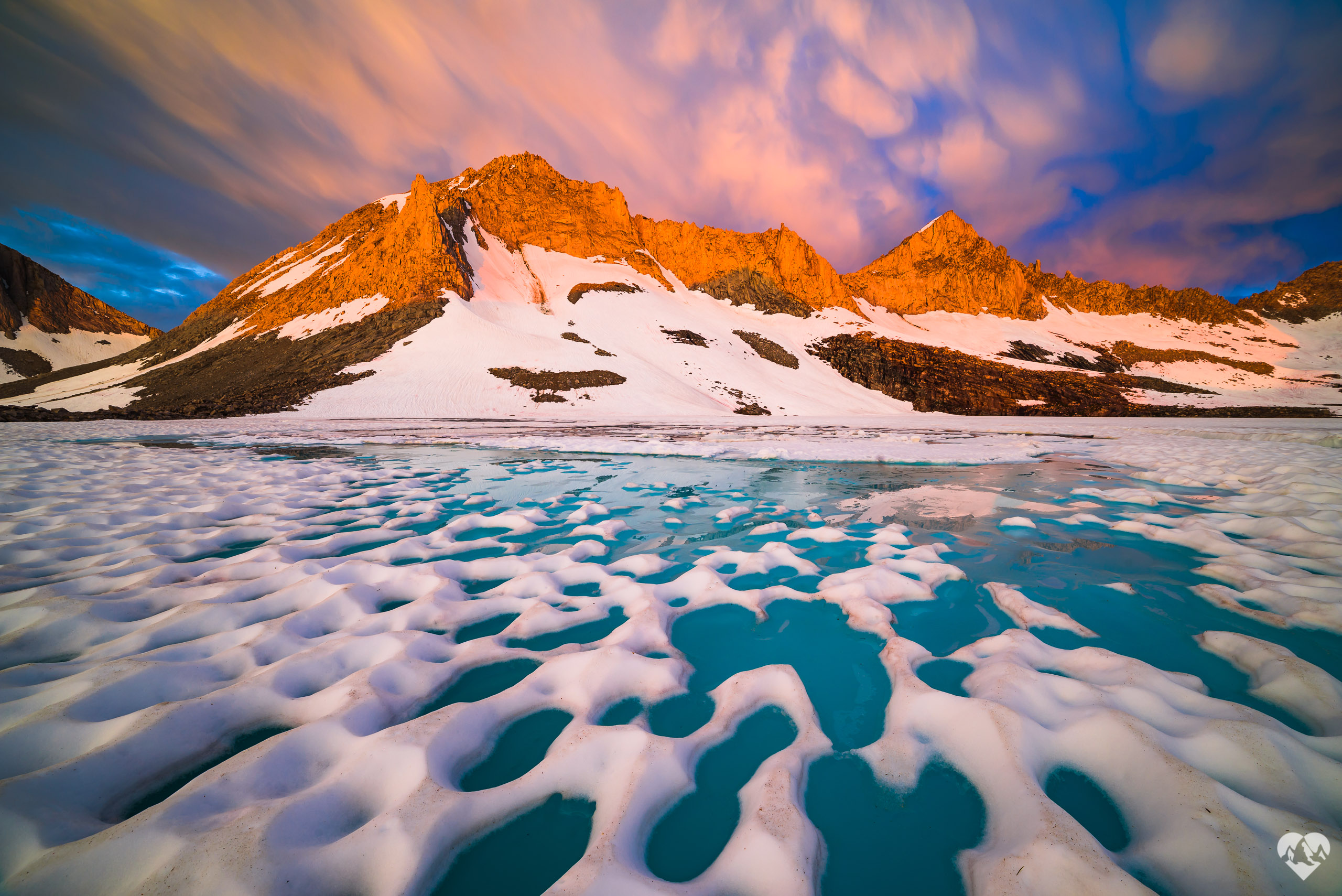

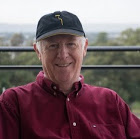
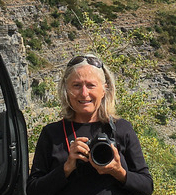

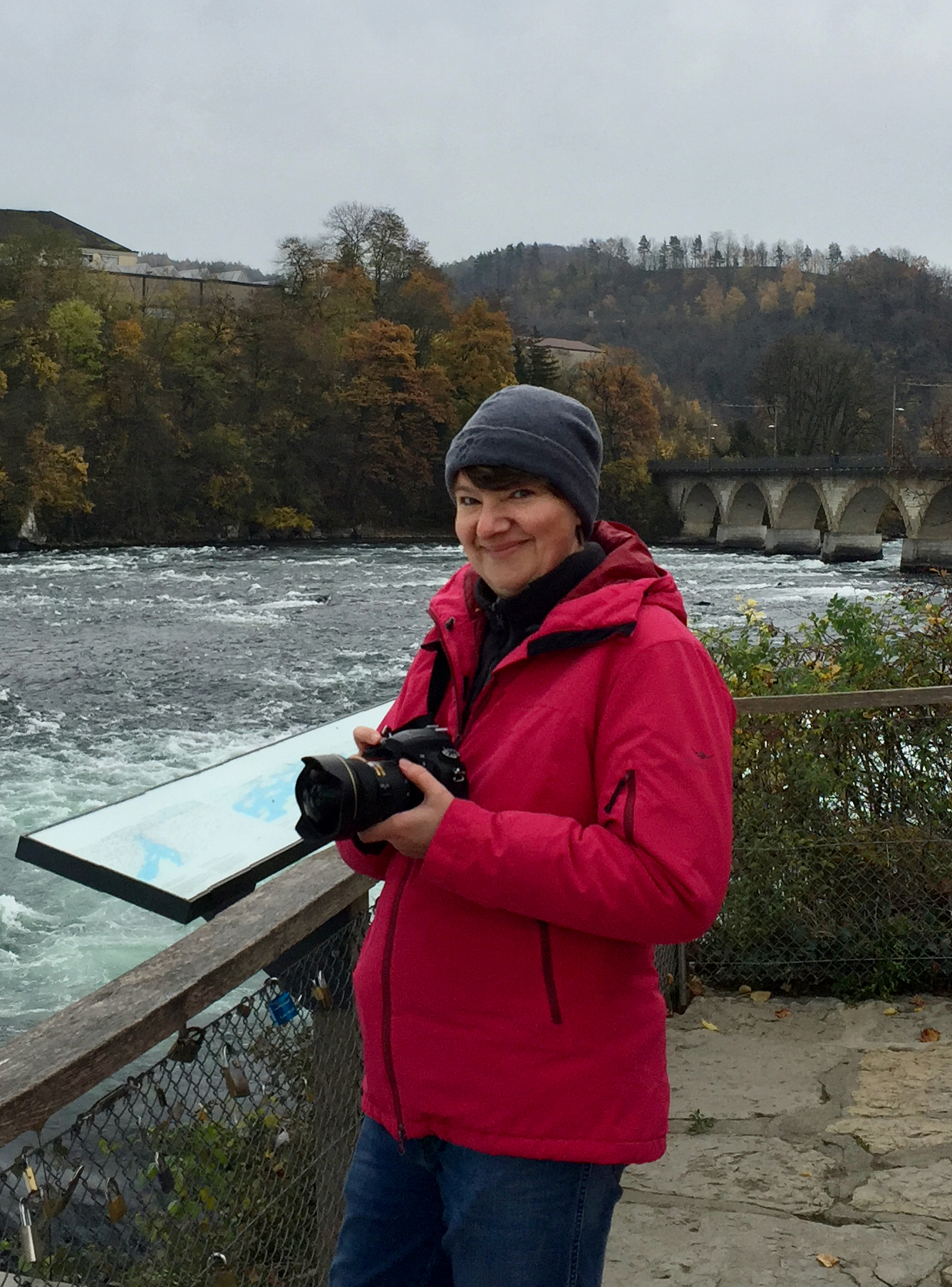
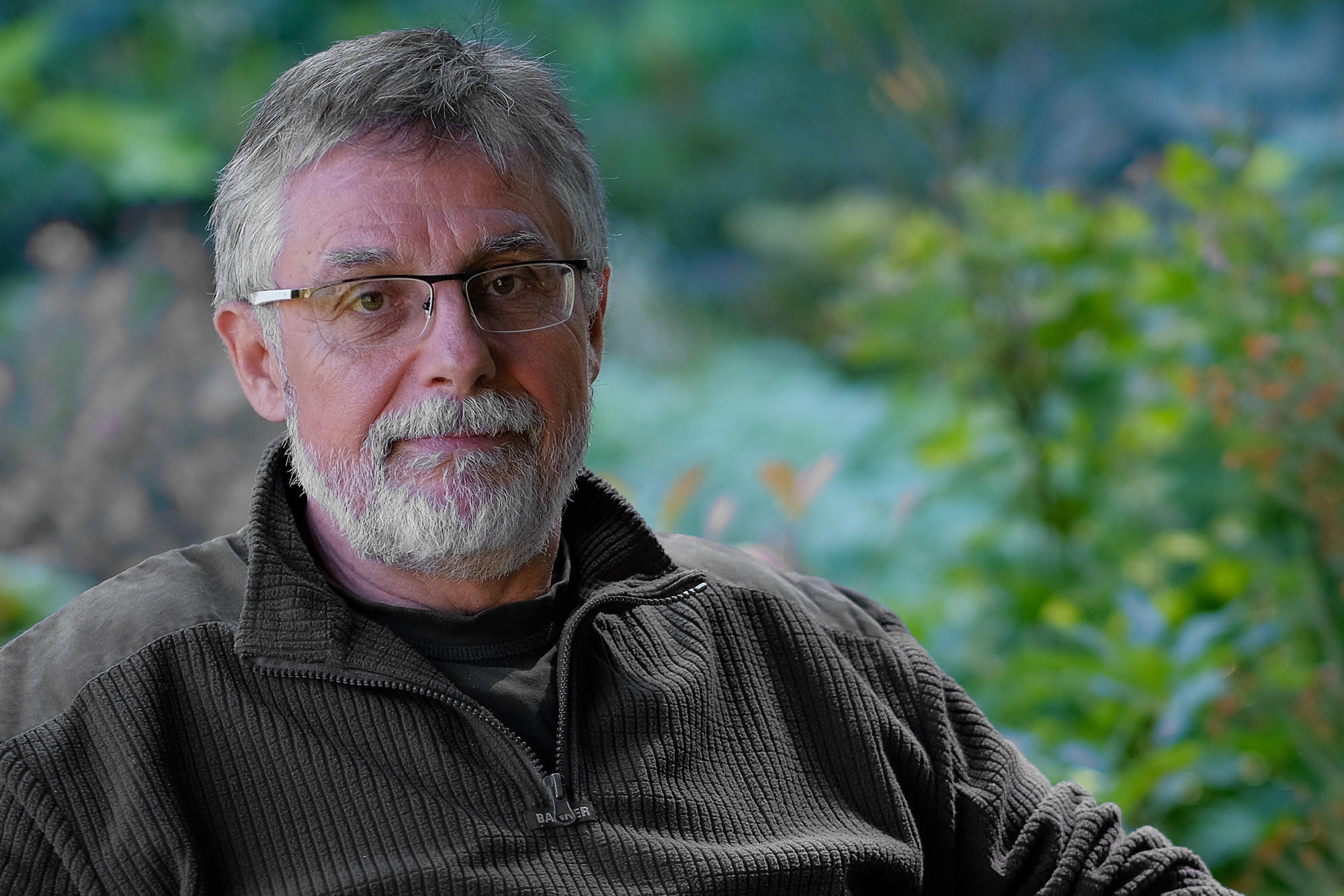
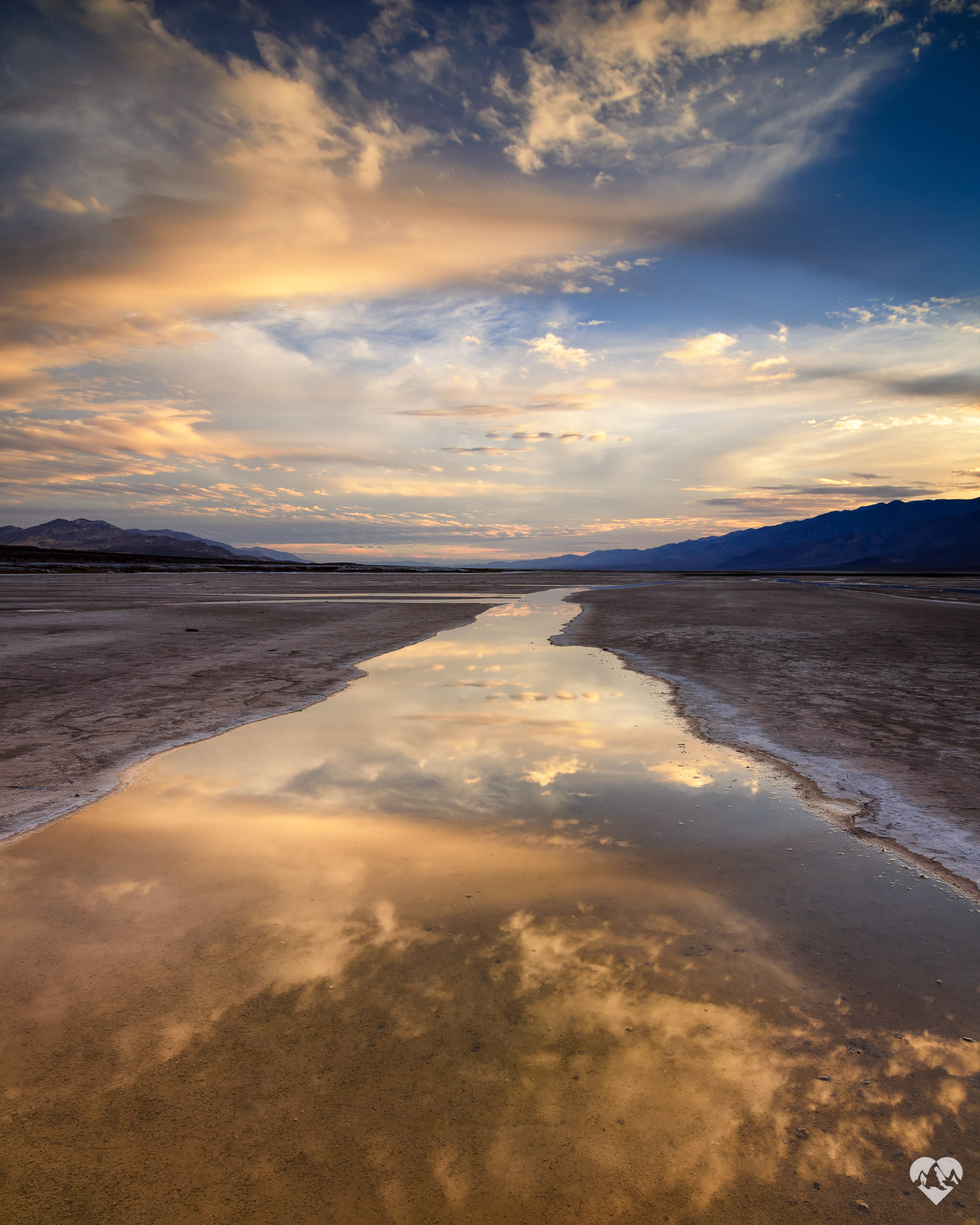
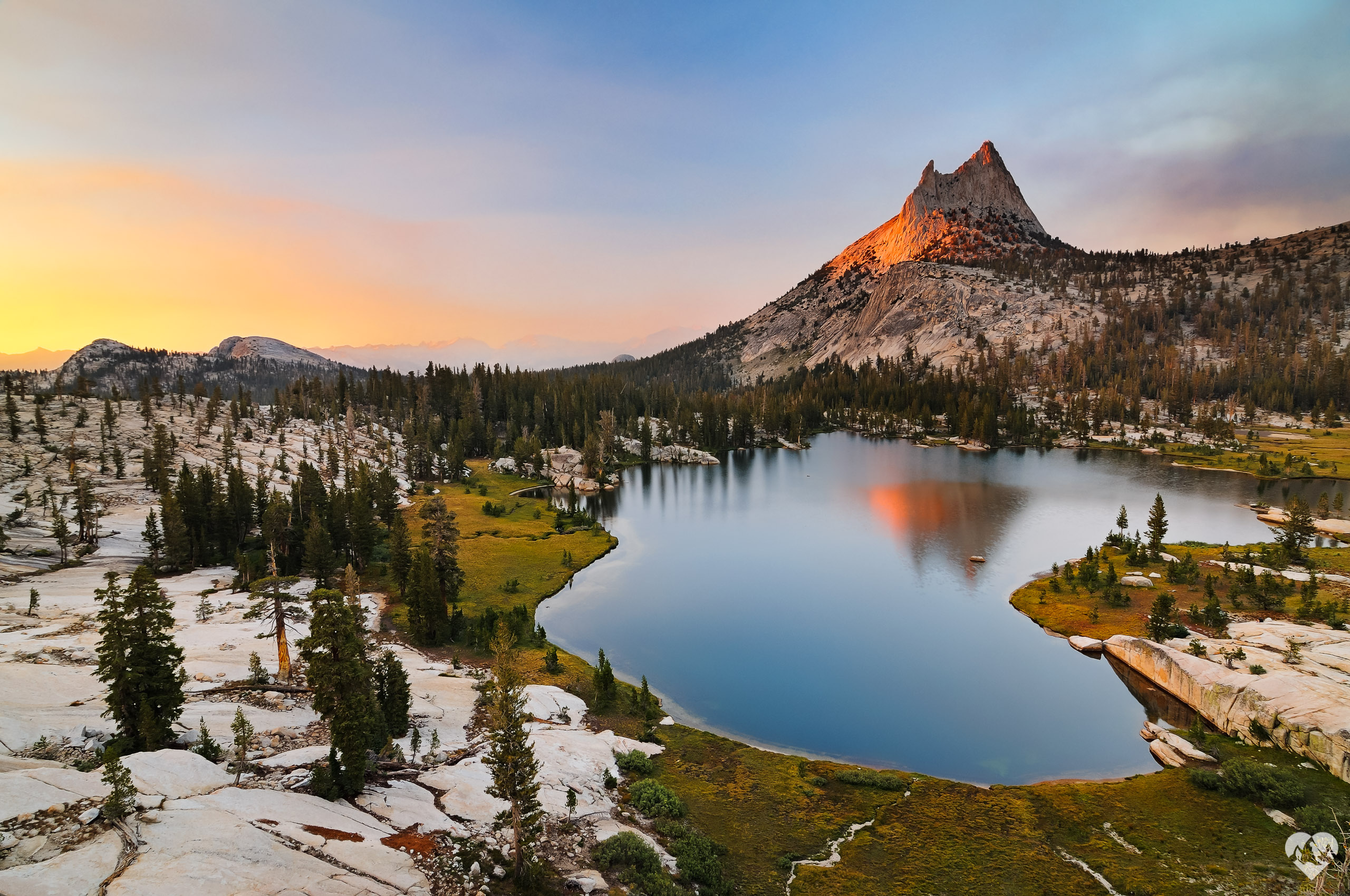
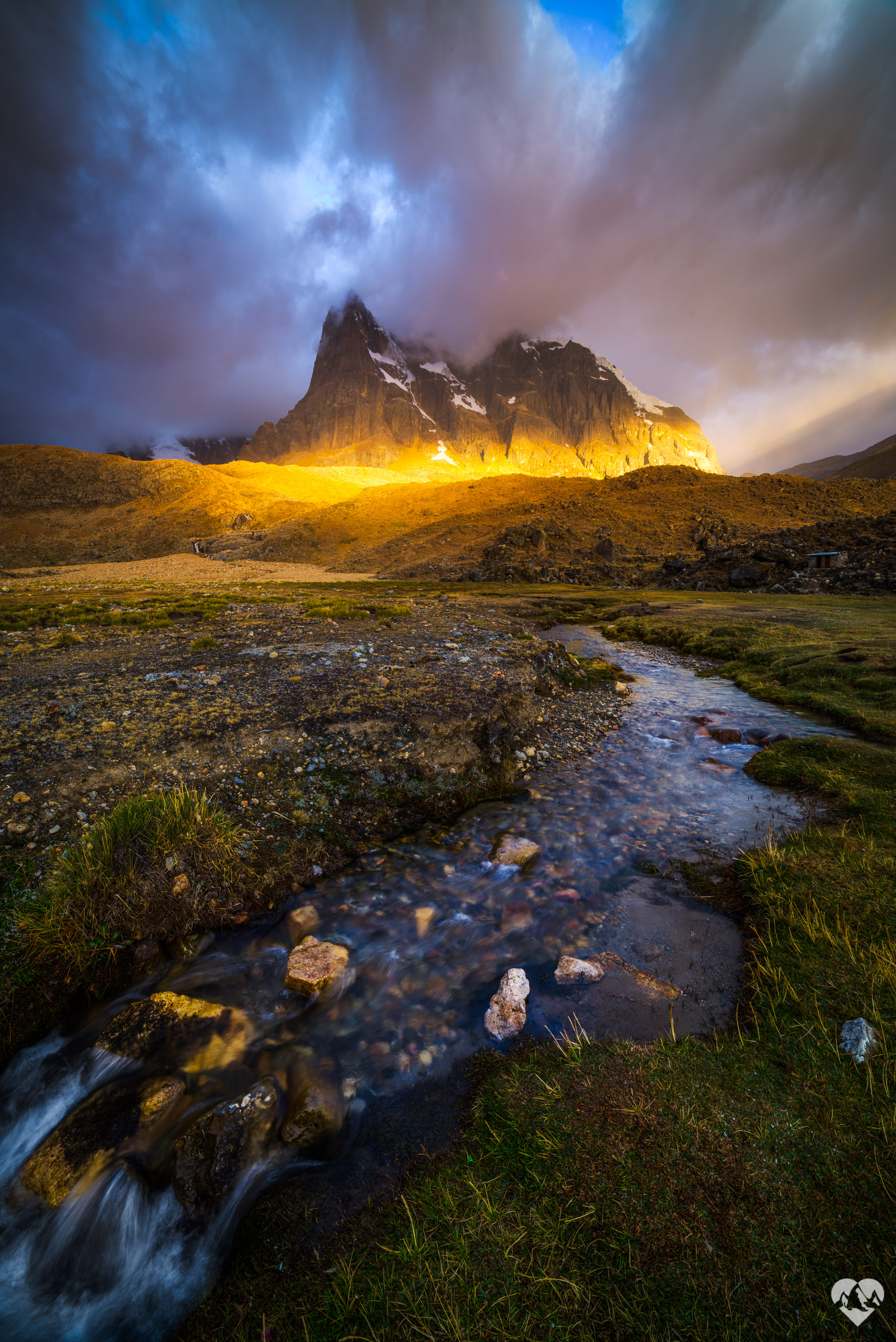

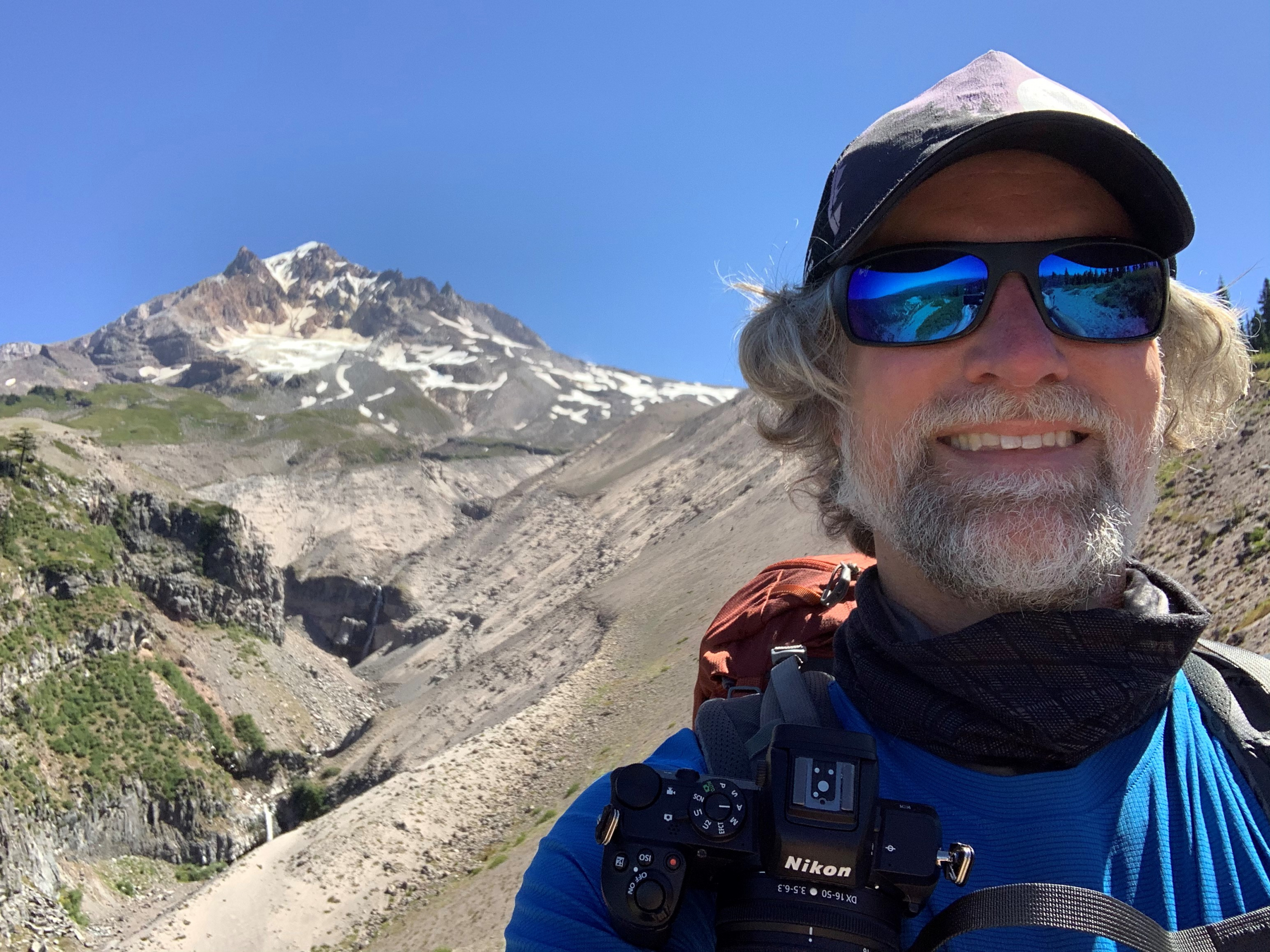
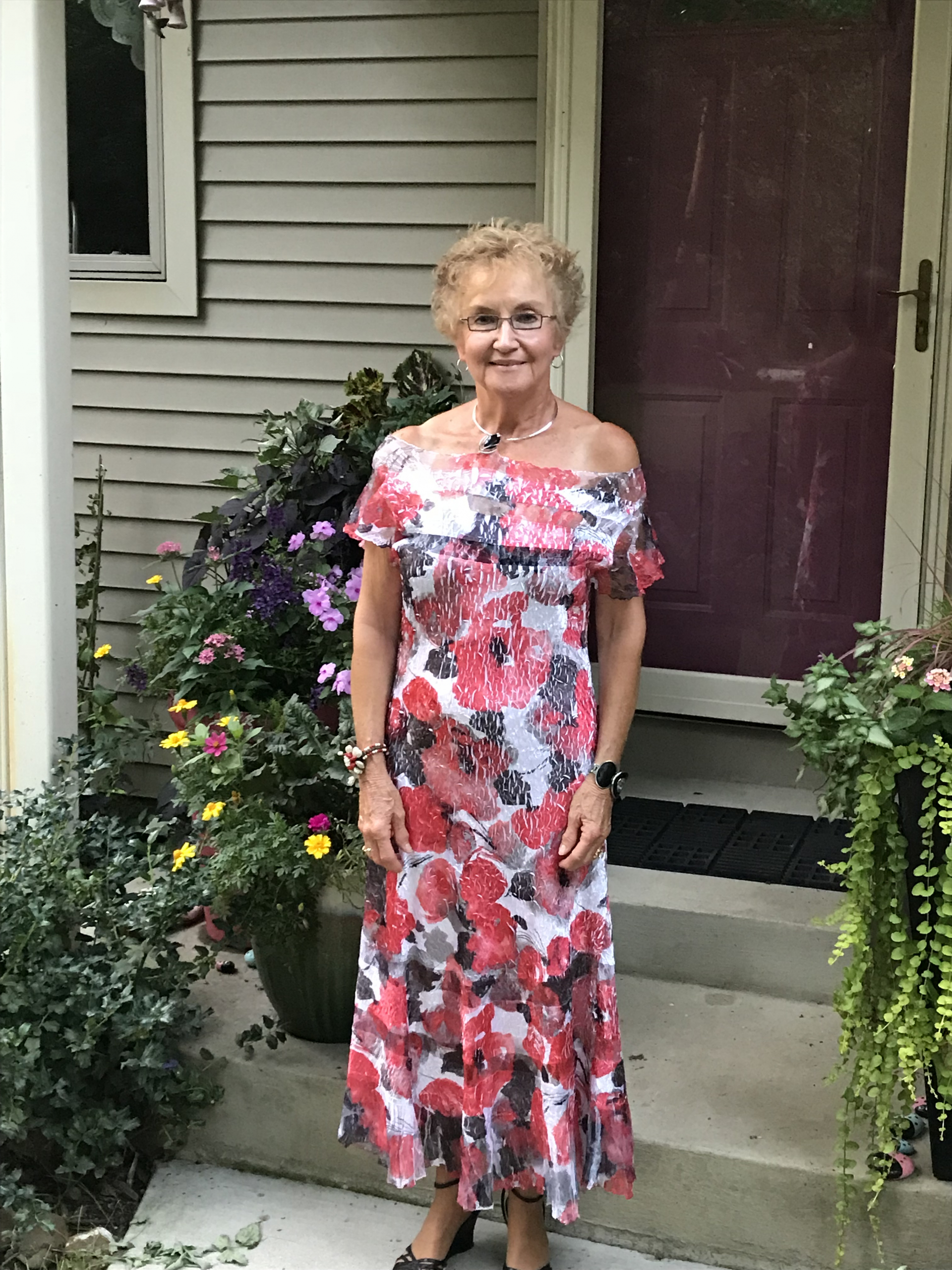

The video course run time is about 120 minutes. There are 10 chapters comprising 14 total lessons. Most videos are 5-10 minutes long. The additional bonus lessons add another 45-60 minutes of instruction on filters, post-processing, exposure, and more.
How does lifetime access sound? After enrolling, you have unlimited access to this course for as long as you like, across any and all devices you own.
Absolutely! Every lecture, worksheet, and transcript is available for you to download.
The Virtual Teacher is a weekly email series that walks you through the most important parts of each chapter. I know you are busy and sometimes watching a video doesn’t fit into your schedule. But if you have 3 minutes to read an email once a week you will still pick up the absolute most critical parts of each lesson.
I am working as hard as I can to make sure this course delivers the same value as a workshop, if not more. I don’t want to waste your time or your money so I’ve worked to make sure every lesson is useful, practical, easy-to-understand, quick to consume, and information-dense. Based on my experience teaching workshops I’d say most students can absorb three to four of these techniques in the course of a 3-day workshop. So this course delivers roughly 2-3 workshops’ worth of information that you can consume on your own schedule. And like a workshop with this course you can ask questions, get feedback, and build a community of friends and fellow photographers.
Yes you can. You will see the PayPal option on the checkout screen.
Think about every “How To” video you’ve ever watched online. Ever notice how the presenters talk for 20 minutes before getting into the actual technique they’re trying to teach? Don’t you wish they would just SHUT UP AND TEACH you how to do what they do?
“Shut Up And Teach” – That’s the philosophy I used when creating the lessons for this course. No filler, no blather. Just fantastic information in easy-to-digest bites.
This is not a sprawling “how to do everything in landscape photography” kind of course, which is what those other courses tend to be. In those ponderous courses you’ve got sit through the instructor talking about a bunch of stuff that’s not relevant to you before you pick up that nugget of info that actually is. Who’s got time to watch 15 hours of video just to learn one salient point?
The whole idea of 9 Easy Steps to Photographing Epic Grand Landscapes is to get you a real photographic transformation in as little time as possible. The techniques I’m presenting in this course took me years to learn, and thousands of dollars in time, travel, excursions, and practice. I want to help you understand them as quickly and easily as I can. You can watch the course this afternoon and start taking epic grand landscape photos tonight.
I also want to keep the community small, engaged, and full of dedicated photographers who genuinely want to learn and improve their photos. I would much rather have 20 really excited photographers in the course than 20,000 who don’t care. “Bargain Basement” online courses don’t provide value, don’t give you incentive to continue learning, and don’t encourage you to achieve the results you’re looking for. This course does.
I have a full 30-day refund policy. If you have completed at least three lessons and are unsatisfied with your purchase contact me and I will give you a full refund.
So that’s what I mean by a practical framework, and that’s what you’re going to learn in this course.
I’d love to ask you a question: have you ever looked at photos on Instagram or in Outdoor Photographer Magazine or on 500px and you were totally blown away, but at the same time you were totally frustrated because your photos didn’t look like those photos?? You know that feeling, inspired but annoyed at the same time? Send me an email and let me know if this has happened to you. It definitely happened to me when I was first learning and I was incredibly frustrated.
I set about dissecting those amazing photos and understanding exactly what they’re made of. I developed my framework of 9 parts, and that’s you’re going to master in this course to start creating your own epic photos.
If that sounds good to you, just hit this button to get your name on the course launch priority list.
HEY! I’M JOSH CRIPPS.
I’ve helped thousands of people improve their photos. Here’s how I can help you.
I’ve been teaching photography for over 10 years. In the beginning I was teaching only myself. But as I began to understand what made a good photo I quickly moved on to assisting other photographers on their workshops, and then to teaching my own. Since then I’ve instructed thousands of photographers in person in some of the most beautiful places in the world.
But I didn’t stop there. I also created Pro Photo Tips, one of the most popular photography channels on YouTube, which has over 300,000 subscribers and 12 million video views (and counting!).
Throughout these years of teaching (as well as refining my own photography) I’ve learned a lot about what makes a good photo and what doesn’t.
I’ve also come to realize when you’re learning photography you need more than just theory. You need practical approaches, step-by-step processes, and go-to ideas about how to craft a winning image. You need a framework to start from that you can build your own creative ideas off of.
That’s why I created 9 Easy Steps to Photographing Epic Grand Landscapes. To give you a framework you can use to create breathtaking photos like the ones you see in magazines.
This course lays out that framework in black and white. There are 10 chapters and 14 total lessons (including a complete start-to-finish walkthrough of how I created one of my favorite Grand Landscape shots) which teach you everything you need to start creating epic grand landscape photos today.
9 Easy Steps to Photographing Epic Grand Landscapes is a course aimed at experienced beginner and intermediate photographers but will be useful for anyone who wants to learn how to create epic Grand Landscape photos.

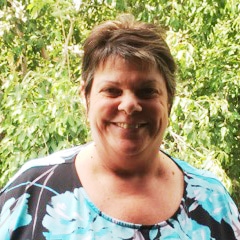

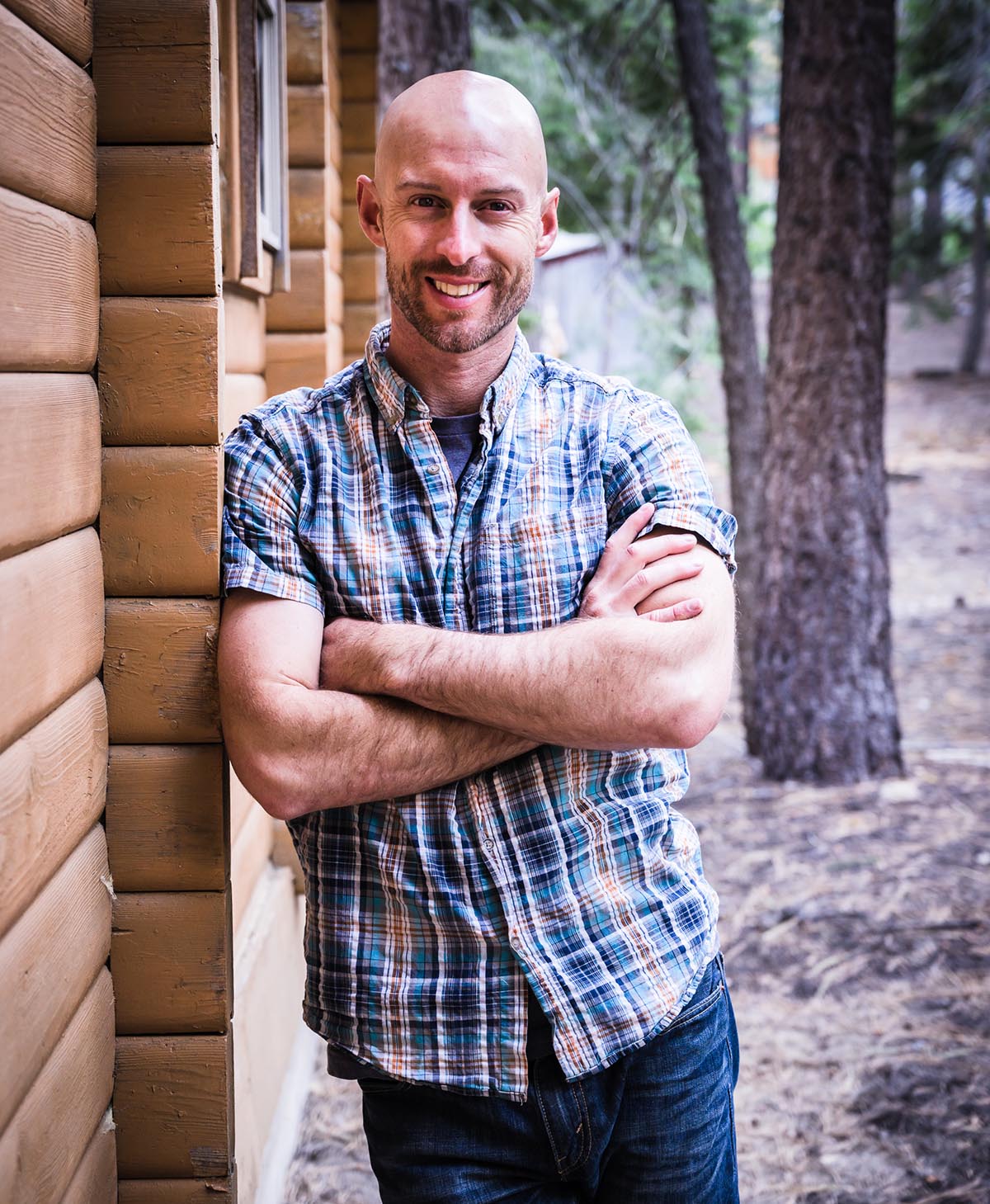
Joshua Cripps is a renowned landscape photographer who has garnered worldwide acclaim for his breathtaking images of our planet’s wild places. His photos have been published by the likes of National Geographic, NASA, CNN, BBC, and Nikon Global.
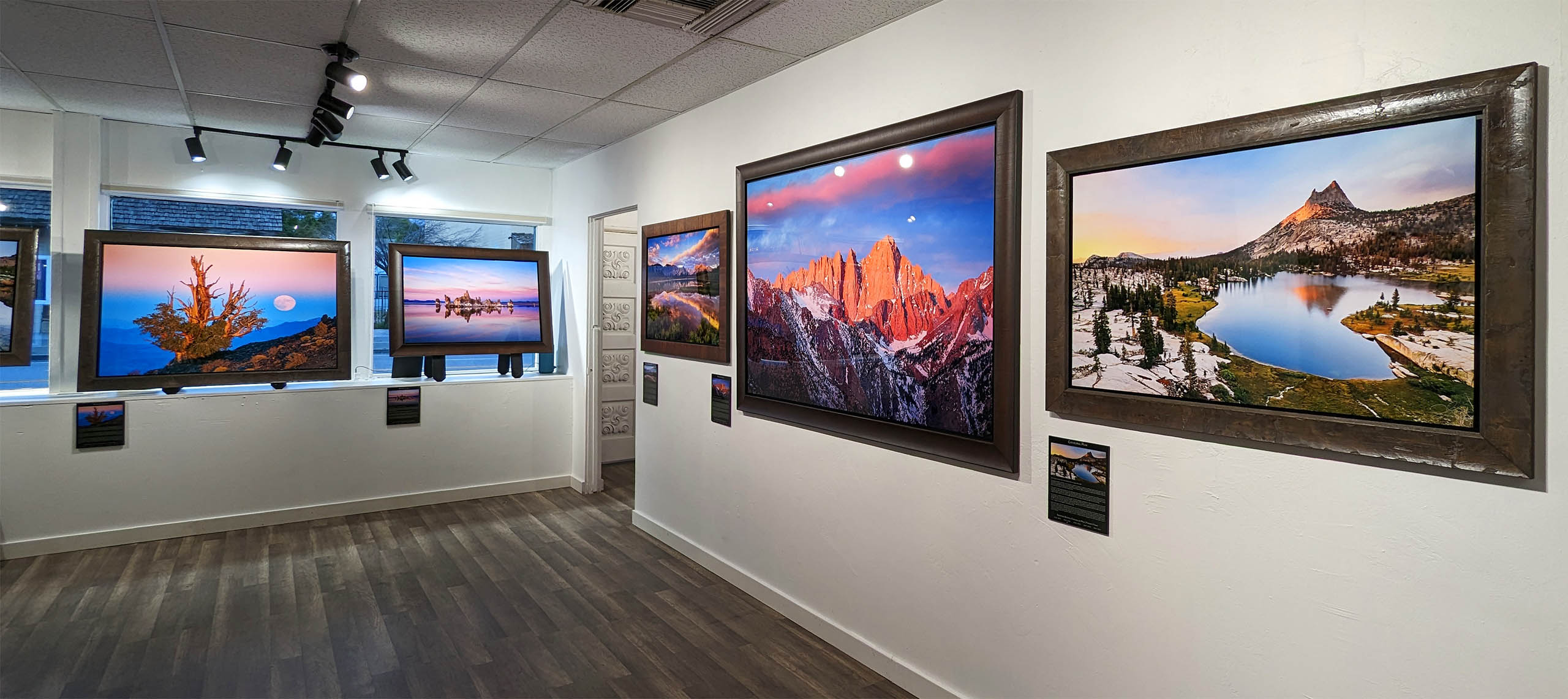
The Mt. Whitney Gallery was founded in 2023 by Joshua Cripps as a way to share his passion stunning landscapes of the Sierra Nevada and beyond.
Set at the foot of the breathtaking Sierra with a view of the range’s highest peaks, the gallery features large format, museum-caliber fine art prints of Josh’s signature photographs.
Course Login | Results Disclaimer | Terms and Conditions | Privacy Policy
© Copyright – Joshua Cripps Photography
Get free tutorials, workshop invites, and exclusive photo tour updates delivered to your inbox.
📷 Easy-to-follow video and written tutorials
🌄 Early access to photo tours & workshops
🧭 Pro tips from real-world shooting experience
No spam. Unsubscribe anytime.
